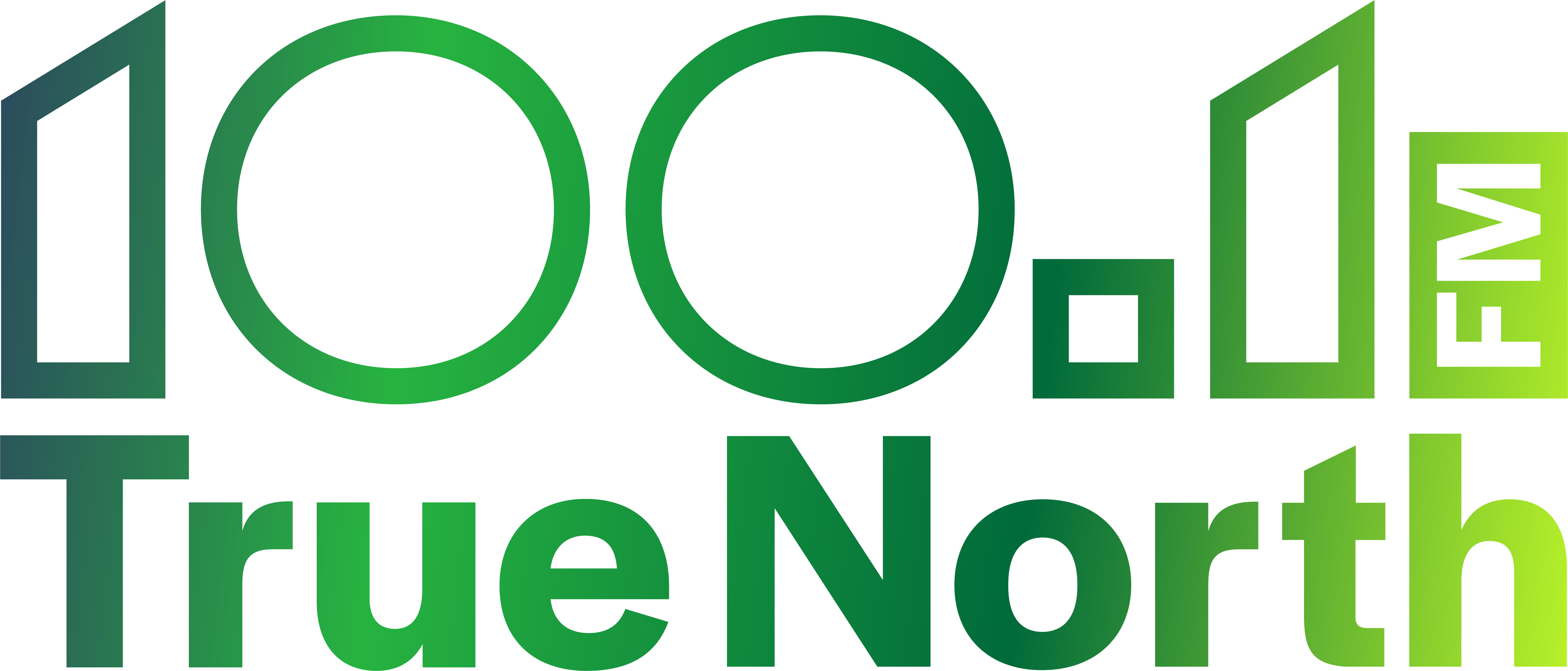The Chief Public Health Officer issued an announcement warning people across the territories about a “new and potentially dangerous” drug combination recently detected in a wellbeing check.
The CPHO advises anyone who suspects an overdose to contact 911 immediately or their local health centre. The CPHO advises that multiple doses of naloxone may be required to treat anyone who is exposed to the dangerous combination of opioids and benzodiazepines.
“(D)rug seizures tested positive for fentanyl, crack cocaine, and methamphetamine. In addition, Desalkygidazepam (a novel benzodiazepine) was detected in the fentanyl as an additional component,” said representatives from the CPHO.
The CPHO warns this rare type of depressant, called desalkygidazepam, could potentially be present anywhere in the Illegal drug supply across the N.W.T.
“It is known for its anxiety-reducing properties and has also been used in the management of certain cardiovascular disorders. Mixing benzodiazepines with opioids such as fentanyl may cause the effects of the drug to last longer or to be more potent, and naloxone will not be as effective,” said the CPHO.
The combination of desalkygidazepam with opioids can substantially increase the risk of overdose, “prolong and intensify sedation [and] cause serious breathing problems, unconsciousness or death,” the advisory warned.
About Ddesalkygidazepam
Health Canada detected desalkygidazepam in the seized fentanyl on May 5, 2025 from a well being check that took place somewhere between Fort Good Hope and Norman Wells back in mid-March.
The presence of the drug was not detected until May 5 until a specialized test revealed its presence.
“This substance is not typically found through routine toxicology tests and required specialized laboratory testing, causing the delay in reporting,” said representatives from the CPHO.
Health risks
The CPHO provided these precautions:
There are no visible warning signs that street drugs contain opioids or benzodiazepines. You cannot detect them by sight, smell, or taste.
Benzodiazepine intoxication is characterized by:
- Excessive drowsiness
- Loss of balance and coordination
- Partial amnesia: most noticeably, an inability to follow or participate in conversation
High doses of drugs mixed with benzodiazepines and opioids, such as fentanyl, increase the risk of overdose. This combination can:
- Prolong and intensify sedation
- Reduce the effectiveness of naloxone
- Cause serious breathing problems, unconsciousness, or death
CPHO advises on what to do if you suspect an overdose:
The CPHO advises anyone who suspects an overdose to call 911 or your local health centre. Signs and symptoms of opioid overdose can include the following:
- Breathing will be slow or absent
- Lips and nails are blue
- Person is not moving
- Person is choking
- Gurgling sounds or snoring
- Severe sleepiness
- Person can’t be woken up
- Skin feels cold and clammy
The CPHO warns that although administering naloxone (an opioid reversing agent, will not stop effects of a benzodiazepine overdose) it should still be used as it may help reverse the effects when opioids are also consumed. They advise that multiple doses of naloxone may be required if opioids and benzodiazepines are mixed.
What CPHO says this means for N.W.T. residents:
The CPHO said this is the first time Desalkygidazepam has been found in illicit drugs in the N.W.T. and said it was first detected in Canada in April 2022.
The CPHO is also warning that the territory is seeing:
- Increased presence of methamphetamine
- Higher quantities of fentanyl
The CPHO reported that in 2024, the NWT had 5 opioid related deaths in 4 different communities. They said all of these incidents show a shift in the NWTs illicit drug profile that is “concerning.”
CPHO offered this advice on safety tips for people who use use drugs:
- Never use alone.
- Start with small amounts.
- Have naloxone nearby and know how to use it.
- Don’t mix drugs with other drugs, or with alcohol.
Naloxone availability:
The CPHO reminded residents that Naloxone kits are available at all hospitals, health centres and pharmacies in the NWT.
CPHO explained that people who administer Naloxone are legally protected under the The Good Samaritan Drug Overdose Act
This act protects people involved in an overdose from being charged for possession of a controlled substance. This law encourages anyone to call for help if they witness or experience an overdose.
Drug Monitoring in N.W.T.
The CPHO also reported that In July 2024 the CPHO entered into an agreement with the City of Yellowknife to pilot monthly testing of Yellowknife’s wastewater for illicit drugs.
- A wastewater sample is a snapshot in time for monitoring and surveillance purposes, meaning samples will not reflect all drugs in Yellowknife or in the NWT.
- The data provided only shows the type of drugs being found in wastewater samples, not the amount of those drugs.
- A substance is identified when it’s at a level that’s detectable by the measurement instrument (mass spectrometry). A substance may be present but at levels too low to detect.
- For medications that are available by prescription, wastewater sampling cannot tell us if the drug was being taken as prescribed or used illicitly.
These results are expected to be publicly published every 6 months on the Government of Canada website
https://health-infobase.canada.ca/canadian-drug-and-substance-watch/
The CPHO said they are continuing to work with frontline healthcare providers, coroners, RCMP and other frontline first responders in tandem with wastewater testing and community presentations to further understand the risk that illicit drugs continue to impose on NWT residents.
Anyone who would like more information can head to NGWT’s health and social services information and resource pages:
- Drugs in the NWT
- Signs and Symptoms of an Opioid Overdose
- Where to get naloxone in the NWT
- Health Canada Fact Sheet – Desalkygidazepam





